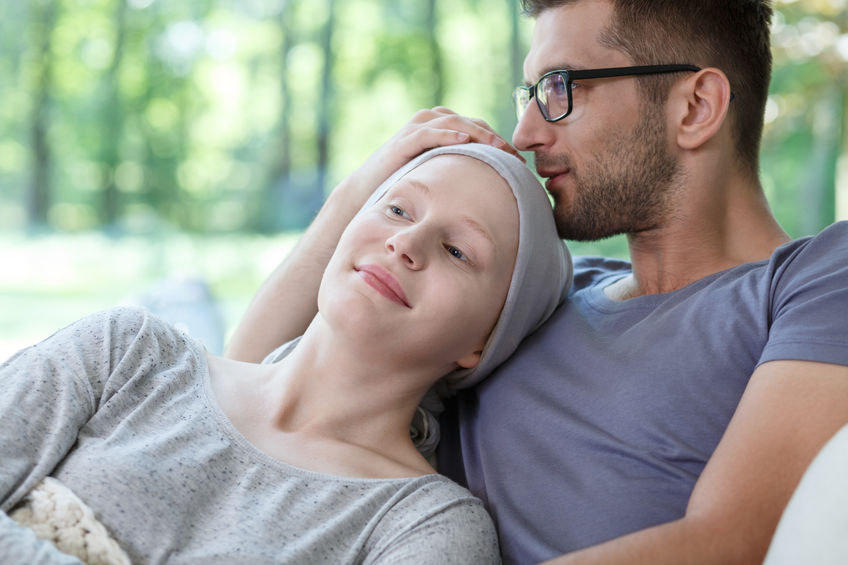Secondary cancers caused by cancer treatment
It is one of the misfortunes of medicine that technologies used to treat cancer can also cause cancer. Radiation both causes and cures cancer. Some chemotherapy agents, likewise, can cause cancer and are classified as carcinogens. The alkylating agents in particular are known as carcinogens, and there are special workplace safety rules for nurses, technicians, and doctors that work with platinum agents.
Plenty of people get cancer a second time, and with increasing cancer rates this will probably happen more often in the future. Is the second cancer related to the first one? Let’s say it’s not a case of metastasis, but could the second cancer be caused by the same carcinogens or genes? Perhaps. It is not possible to identify causes of individual cancer cases. However, from in vitro studies and epidemiologic analysis, we know that in some chemotherapy drugs can cause cancer. For unknown reasons skin cancer is a common form of secondary cancer. At least one doctor speculates a “field cancerization” with certain types of cancer whereby a secondary cancer occurs in the same part of the body as the first.
 One estimate is that 10% of survivors develop a second cancer related to treatment of the first cancer.
One estimate is that 10% of survivors develop a second cancer related to treatment of the first cancer.
According to the American Cancer Society, acute myelogenous leukemia is the most common type of cancer caused by chemotherapy. It has been estimated that chemotherapy patients are about five times as likely as the general population to be diagnosed with AML.
Mustard agents and platinum compounds are well-known culprits, and topoisomerase inhibitors have been shown to cause leukemia, according to the ACS. Anthracyclines such as doxorubicin have also been linked to secondary cancers as has bleomycin.
Targeted therapy drugs designed to interfere with certain genes or proteins can increase the risk of cancer in patients. BRAF-inhibitors vemurafenib and dabrafenib are known to raise the risk of squamous carcinoma of the skin.
Corticosteroids are not chemotherapy agents but they are often given to cancer patients, and they are known to increase cancer risk. Likewise, the hormone treatment compound tamoxifen is known to increase the risk of uterine sarcoma and endometrial cancer.
How long after chemotherapy treatment does the chemo-caused cancers show up? Often it is almost immediately, so that when the first cancer finally appears to be under submission, the second is detected. However, if DNA in a stem cell is damaged the secondary cancer may not develop until a decade later, as stem cells live a long time.
A related phenomenon is that chemotherapy might cause changes in the genomes of offspring. This has been found in mice for more than one chemotherapy agent. It has not been shown to be true in humans as of yet.
Sources:
https://www.ncbi.nlm.nih.gov/books/NBK13999/
https://www.tandfonline.com/doi/abs/10.3109/02841869409121767
https://www.ncbi.nlm.nih.gov/pmc/articles/PMC2817804/
https://www.nature.com/articles/s41598-020-58134-z
https://www.cancer.gov/about-cancer/causes-prevention/hp-prevention-overview-pdq